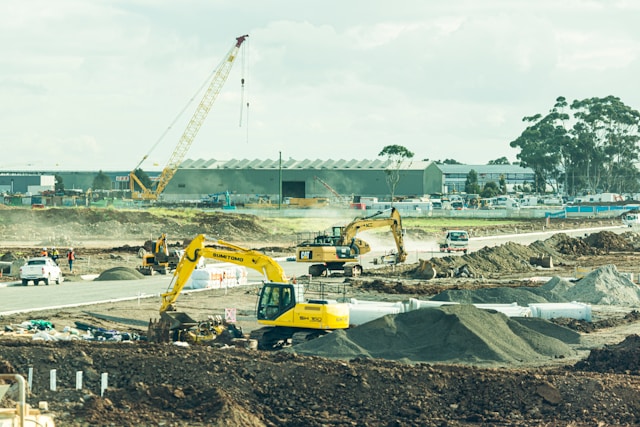
JLL Project and Development Services has published its 2026 U.S. Construction Perspective, outlining how evolving federal policies, economic uncertainty, and shifting market conditions are redefining opportunities across the national construction sector.

The report, based on a year marked by stalled projects and cautious investment, emphasizes that policy-driven variables—ranging from trade decisions to workforce and immigration enforcement—will heavily influence construction activity in the year ahead.
“The construction industry is navigating an unprecedented convergence of policy impacts that are fundamentally reshaping market dynamics,” said Louis Molinini, head of project and development services for the Americas, JLL. “While much of 2025 was at a standstill due to uncertainty, we now have directional clarity that enables strategic positioning for organizations ready to move beyond reactive approaches.”
Construction spending declined 4.7 percent in 2025, a reflection of investor hesitation, persistent supply chain volatility, and delayed private-sector decision-making. According to JLL’s outlook, spending is expected to inch forward by 0.4 percent in 2026—a modest improvement, but one that signals continued headwinds.
This “near-flat trajectory,” the report notes, highlights the importance of regional strategies, as conditions will vary significantly between markets navigating policy exposure, demographic shifts, and development pipelines.
One of JLL’s most significant warnings involves material pricing. The fragmentation of global trade rules and policy fluctuations has created a delayed cost shock that will begin accelerating in 2026. With more construction activity expected to resume, contractors will feel the pressure of:
JLL states that the slowdown in 2025 temporarily suppressed cost escalation, but that effect will quickly fade as demand returns.

“Success in 2026 will require big picture thinking with granular attention to local market details,” said Jaymie Gelino, chief operating officer and head of work dynamics accounts, project and development services, JLL. “Regional exposure to policy impacts varies significantly, creating new growth opportunities that aren’t immediately apparent under traditional market analysis. Even markets facing bigger impacts from ongoing uncertainty remain viable for projects that are matched to local conditions and risks, making granular market understanding essential for identifying the best opportunities.”
According to the analysis, regions tied to manufacturing, energy transition infrastructure, and data center development may outperform national averages. Conversely, markets dependent on office and speculative commercial development may see slower recovery.
JLL underscores that labor shortages will remain a defining challenge next year. Retirements, limited apprenticeship growth, and stricter immigration enforcement continue to constrain the skilled labor pipeline.
“Planning for future activity must account for structural workforce constraints now, as market challenges may compound when construction activity accelerates,” said Andrew Volz, research manager, project and development services, JLL. “The intersection of trade policy, immigration enforcement, and local economic conditions requires a wholly integrated approach to accurately assess risks.”
The report recommends that contractors and developers accelerate workforce development programs, strengthen subcontractor partnerships, and adopt scheduling and sourcing strategies that factor in potential labor bottlenecks.
Overall, JLL’s 2026 outlook signals a market still in recovery mode but full of emerging opportunities for firms agile enough to adapt to policy-driven volatility and region-specific conditions.
Originally reported by LODGING Staff in Lodging magazine.